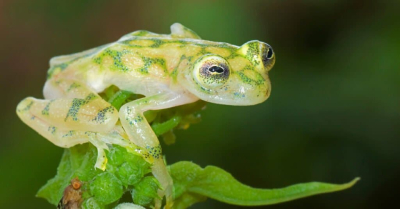You must have heard of the term extinction. A species is declared extinct when the last member dies and no individual from that species exists anywhere on our planet. Local extinction refers to a species disappearing from one region, including a country. But have you heard of de-extinction? Come let’s find out what it is and what its implications are also known as resurrection biology, de extinction refers to the process that attempts to recreate extinct species through technology. Since these species no longer exist the new ones will be “new versions of the species. For the last few years, one of the main species in the news for de-extinction has been the woolly mammoth. A project seeks to create “a cold-resistant elephant with all of the core biological traits of the woolly mammoth, and will use the African elephant as the host. With the creation of this new version, the project also hopes the ecosytem that the animal inhabited can be improved – the Arctic tundra, now dominated by the threat of melting permafrost. Many view de-extinction as an opportunity to right the wrong humanity has meted out to wildlife. It is also seen as a first step towards safeguarding endangered species and those on the brink of extinction. The process can also be a chance for humans to learn about the crucial role wildlife plays in our planet and be sensitive towards them. But, de-extinction is not without concerns. The chief worry is the question of ethics – the new versions of species will be a product of humans and not nature. Also, if humans start creating plants and animals, is it far-fetched to think they could end up creating even humans in the future? And, there’s the financial aspect. Bringing back an extinct species costs money-a lot of it. It could rather be spent on safeguarding threatenend species, educating people on wildlife protection, creating a greener planet, etc.
Picture Credit : Google





